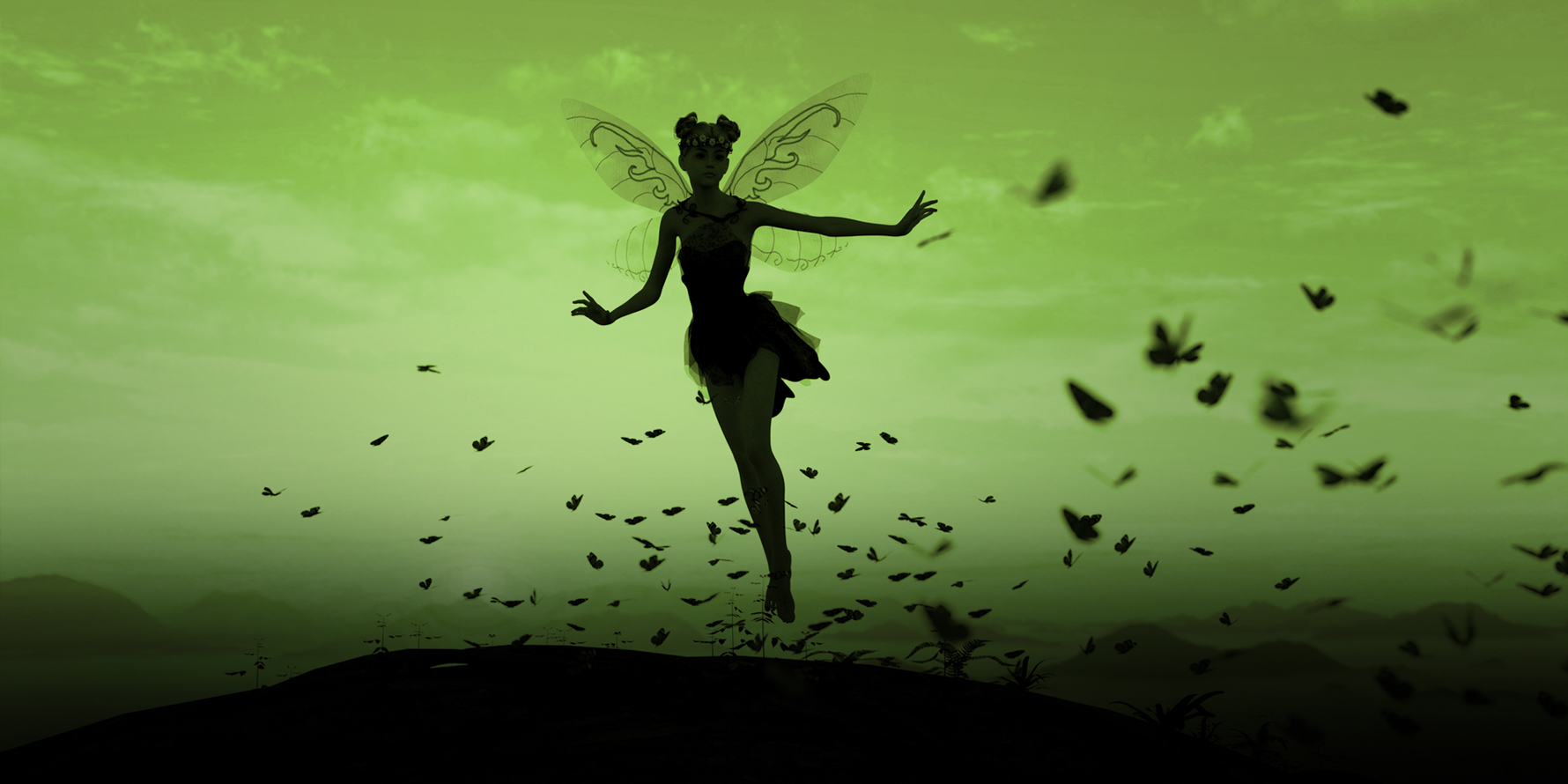 With March comes St. Patrick’s Day and the accompanying barrage of decorative shamrocks, leprechauns and green, green, green. If this month has you in the mood to celebrate Irish myths and legends, well... you’re in luck. Let’s look past leprechauns to explore some fascinating Irish folklore you might not know about.
With March comes St. Patrick’s Day and the accompanying barrage of decorative shamrocks, leprechauns and green, green, green. If this month has you in the mood to celebrate Irish myths and legends, well... you’re in luck. Let’s look past leprechauns to explore some fascinating Irish folklore you might not know about.
The Oilliphéist
According to legend, St. Patrick miraculously drove the snakes out of Ireland. Of course, natural history tells us there were no snakes in Ireland, and some have wondered whether this banishment might represent the conversion of Druids to Christianity.
But let’s not let the truth get in the way of a good story. According to legend, there weren’t just measly little snakes in Ireland—there was also the Oilliphéist, opens a new window, an enormous dragon-like serpent who was so distraught by St. Patrick’s project that it fled to the Atlantic Ocean, carving the vast River Shannon as it went.
Lí Ban
Ireland is an island, so it’s no wonder its folklore is swimming with sea serpents, selkies, mermaids, and more. Lí Ban, opens a new window is one of the most famous of those mermaids. Born human, she was home with her dog when a spring burst, trapping them under a growing lake for an entire year!
After all that time underwater, Lí Ban didn’t just get pruney fingers. She sprouted scales and turned into a half salmon. Happily, her dog transformed into an otter—apparently a mermaid’s best friend—and the pair were free to swim the lake for 300 years.
Far Liath
The Bay Area is no stranger to dense, dark mist, and some greet Karl the Fog as a friend. However, if fog is your enemy, you might prefer the legend of Far Liath, opens a new window, which casts the gloom as a huge, fearsome, malevolent fairy.
Far Liath has many different names, but one main goal: to cover Ireland in fog so impenetrable that humans stumble or sail to their deaths. I think I’ll stick with Karl!
Cailleach
Speaking of stormy weather, let’s get to know one of the most important figures in Celtic mythology: Cailleach Bhéara, opens a new window, the goddess of winter.
Also called the Veiled One, the Cailleach is a “divine hag,” which is not as insulting as it sounds. She is depicted as a pale, one-eyed woman in a cloak, wielding immense powers of creation and destruction. She cares for animals, but also summons freezing storms. She controls floods, but is also the goddess of grain.
Fun fact: Groundhog Day comes from a Cailleach myth, opens a new window! The story goes that if February 1 is sunny and bright, it means the Cailleach is collecting firewood for a long, cold winter. If February 1 is dark and dreary, the Cailleach is sleeping in and will run out of firewood, meaning spring is on the way.
Brigid
The Irish goddess of spring, fertility and life, opens a new window, Brigid is perhaps Ireland’s most important figure. In fact, she’s also called “The Exalted One.”
As the Cailleach’s inverse, Brigid is often depicted as a young woman—a maiden or mother with flaming red hair. She is associated with nature’s life-giving forces, considered a goddess of both water and the sun.
Her powers extend beyond survival. Brigid is a complex, wise goddess of “passion, poetry and invention.”, opens a new window She is known not only for healing powers but also for “keening,” an Irish mourning wail. She is a ruler of both life and death.
Over centuries, Brigid’s legends have become entangled with those of the Christian, St. Brigid. They even share a feast day. While St. Patrick is more famous in the United States, St. Brigid is Ireland’s patron saint.
There’s much more to Brigid’s story, and so many more Irish myths, legends and folktales full of creatures great and small. If you’re interested in exploring more folklore, you might start with the books below.


Add a comment to: Sea Serpents, Fog Fairies and More Fascinating Irish Folklore